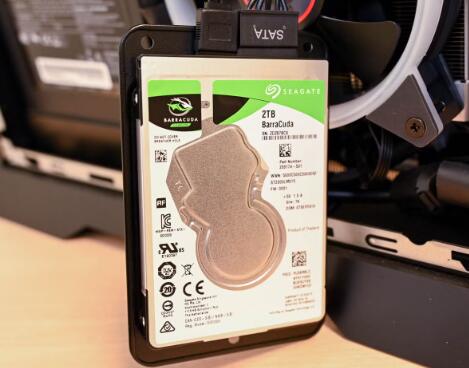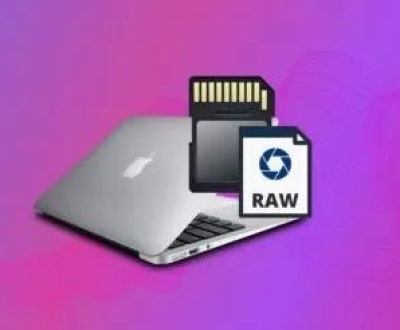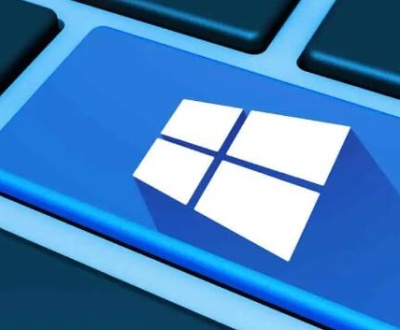Each partition can serve different purposes from hosting operating systems to storing user files. However, like many operations that work close to the hardware level, partitioning isn’t immune to errors. One of the more perplexing ones that users might encounter, especially during advanced tasks like dual-boot setups, system repairs, or drive cloning, is the error: “Can’t have a partition outside the disk.”
What Does This Error Mean?
The error message “Can’t have a partition outside the disk” typically occurs when a partition table references a location on the disk that exceeds the actual physical size of the disk. In simple terms, it’s like telling your system to look for data at a spot that doesn’t exist.

This is a logical inconsistency your system is being instructed to recognize a partition that supposedly extends beyond the real, finite boundaries of the physical storage device. It often arises due to corrupt partition tables, improper cloning processes, failed resizing operations, or incompatible tools.
Common Scenarios Where This Error Appears
After Disk Cloning: Especially when moving from a larger drive to a smaller one. Some cloning software may not adjust partition sizes properly.
Manual Partition Edits: Using tools like gdisk, parted, or gparted with incorrect values can cause this.
Corrupted Partition Table: A corrupted MBR or GPT can lead to malformed partition entries.
Dual Boot Setup Mistakes: Creating partitions manually for Linux or other operating systems and misconfiguring them.
Using Live CDs/USBs: When trying to repair or install operating systems using bootable environments.
Drive Compatibility Issues: Formatting or partitioning a drive on one OS and using it on another can introduce conflicts.
Firmware Bugs: In rare cases, the BIOS or UEFI firmware might misinterpret the disk geometry.
Why This Error Is Dangerous
While it may appear to be a minor glitch, this error can have serious consequences:
Data Loss Risk: Continuing to use a disk with an invalid partition structure can corrupt data.
Boot Failures: Your OS might not boot correctly if its partition table is misconfigured.
Inaccessibility: Tools and operating systems may refuse to mount or use the affected partition.
For these reasons, addressing the issue promptly is crucial.
How to Diagnose the Problem
Before attempting a fix, it’s essential to confirm the nature and extent of the issue.
1. Use Disk Management Tools
Windows:
Open Disk Management (diskmgmt.msc).
Look for partitions that show as “Unallocated” or “RAW.”
Check if any partition has no drive letter or exceeds disk limits.
Linux:
Use fdisk -l or parted -l.
Look for messages indicating that a partition ends beyond the physical disk.
macOS:
Use diskutil list.
Check the disk size and partition sizes for inconsistencies.
2. Use GParted (Linux Live USB/CD)
Boot into a Linux Live environment and launch GParted.
If you see an exclamation mark or error indicating the partition extends beyond the disk, the error is confirmed.
Fixing the “Can’t Have a Partition Outside the Disk” Error
Here’s a step-by-step breakdown of how to resolve the issue based on your operating system and situation.
Solution 1: Use GParted to Delete and Recreate the Partition
Best for: Non-critical partitions or fresh setups.
Boot into a Linux Live USB with GParted.
Launch GParted.
Identify the partition causing the issue.
Right-click and delete the partition.
Recreate it within valid disk boundaries.
Apply changes and reboot.
⚠️ Always back up any accessible data before modifying partitions.
Solution 2: Fix Partition Table Using gdisk
Best for: GPT disks with corrupted entries.
Boot into a Linux terminal or use a live USB.
Run sudo gdisk /dev/sdX (replace X with the appropriate disk letter).
If prompted, accept automatic fixes.
Use the v command to verify the disk.
If errors are found, use x to enter expert mode.
Use e to relocate backup GPT data structures.
Write changes with w.
Solution 3: Repair with TestDisk
Best for: Recovering lost or inaccessible partitions.
Download and launch TestDisk.
Select the affected disk.
Choose “Intel” or “EFI GPT” depending on your partition table.
Run a “Quick Search” and identify valid partitions.
Rewrite the correct structure to the disk.
Confirm and reboot.
TestDisk is powerful and can often fix this error without data loss.
Solution 4: Clone Properly Using Correct Tools
Best for: Situations where the issue arose from improper cloning.
Use cloning tools that adjust partition sizes dynamically (e.g., Clonezilla, Macrium Reflect).
During cloning, ensure the target drive is the same size or larger than the source.
After cloning, verify partition alignment using GParted or Disk Management.
If errors remain, delete invalid partitions and recreate them as needed.
Solution 5: Clean the Disk and Start Over
Best for: When no data needs to be preserved.
Backup what you can.
Use diskpart in Windows or dd in Linux/macOS to wipe the disk:
On Windows:
nginx
diskpart list disk select disk X clean
On Linux:
bash
sudo dd if=/dev/zero of=/dev/sdX bs=512 count=1
Repartition and reformat using your preferred tool.
Recovery Tips for Important Data
If you can’t access your files due to this error, consider these recovery methods:
PhotoRec: Useful for recovering specific file types regardless of file system.
R-Studio / EaseUS / Recuva: Commercial data recovery software for deep scans.
Professional Services: If data is critical, avoid DIY methods and contact a recovery specialist.
Prevention: How to Avoid This Error in the Future
1. Always Check Disk Size Compatibility
Before cloning or restoring backups, ensure the target disk is equal to or larger than the source.
2. Use Trusted Partitioning Tools
Avoid outdated or obscure partitioning utilities. GParted, Disk Management, and Partition Wizard are reliable.
3. Create Recovery Backups Before Any Operation
Disk images allow you to roll back if anything goes wrong.
4. Keep Partition Tables Clean
Do not manually edit partition entries unless you’re certain of what you’re doing.
5. Use GPT Over MBR for Modern Systems
GPT is more robust and supports larger disks and more partitions.
Frequently Asked Questions (FAQ)
Can this error cause permanent data loss?
If handled incorrectly, yes. However, tools like TestDisk can often recover partitions. Never write new data to a problematic disk before recovery.
Is there a way to fix this without deleting anything?
Yes, tools like gdisk and TestDisk often fix the issue without affecting data. However, always back up first.
Why did this happen after I cloned my drive?
Cloning a larger disk to a smaller one without adjusting partition sizes results in references to non-existent sectors, triggering the error.
About us and this blog
Panda Assistant is built on the latest data recovery algorithms, ensuring that no file is too damaged, too lost, or too corrupted to be recovered.
Request a free quote
We believe that data recovery shouldn’t be a daunting task. That’s why we’ve designed Panda Assistant to be as easy to use as it is powerful. With a few clicks, you can initiate a scan, preview recoverable files, and restore your data all within a matter of minutes.
Subscribe to our newsletter!
More from our blog
See all postsRecent Posts
- Retrieve deleted videos from sd card 2025-04-25
- How to retrieve damaged sd card? 2025-04-25
- Retrieve photos from sd card 2025-04-25

 Try lt Free
Try lt Free Recovery success rate of up to
Recovery success rate of up to









